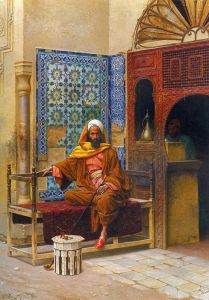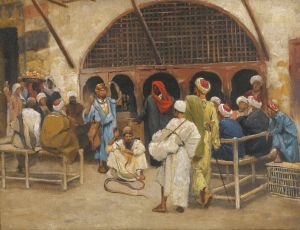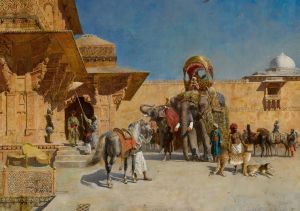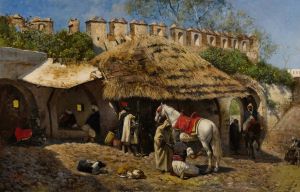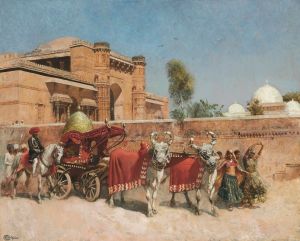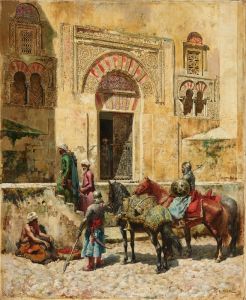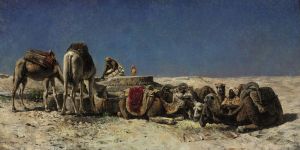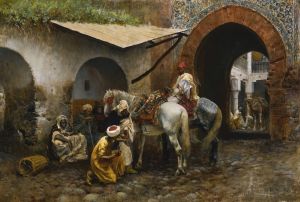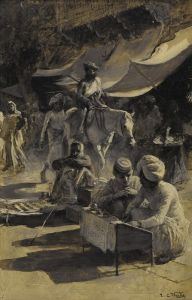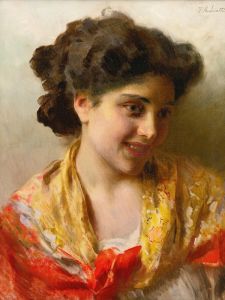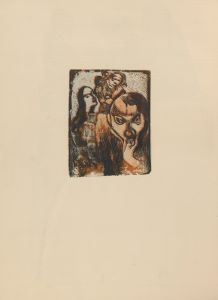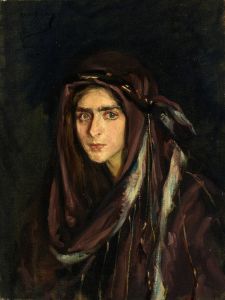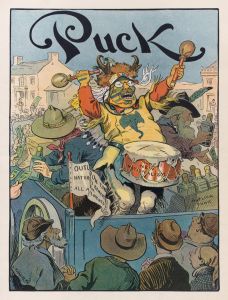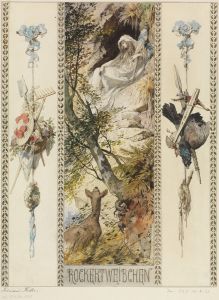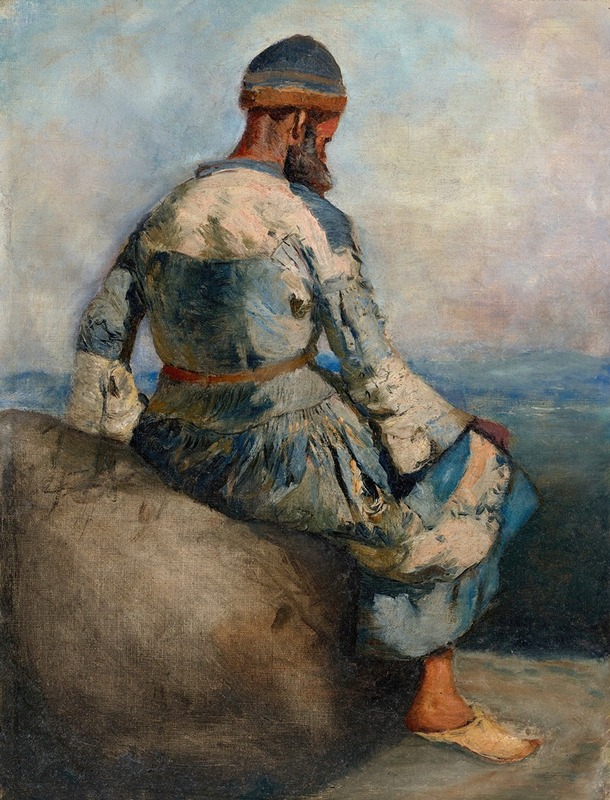
Persian Peasant Seated atop a Rock
A hand-painted replica of Edwin Lord Weeks’s masterpiece Persian Peasant Seated atop a Rock, meticulously crafted by professional artists to capture the true essence of the original. Each piece is created with museum-quality canvas and rare mineral pigments, carefully painted by experienced artists with delicate brushstrokes and rich, layered colors to perfectly recreate the texture of the original artwork. Unlike machine-printed reproductions, this hand-painted version brings the painting to life, infused with the artist’s emotions and skill in every stroke. Whether for personal collection or home decoration, it instantly elevates the artistic atmosphere of any space.
Edwin Lord Weeks was an American artist known for his Orientalist paintings, which often depicted scenes from his travels in the Middle East and South Asia. One of his notable works is "Persian Peasant Seated atop a Rock." This painting exemplifies Weeks' fascination with the cultures and landscapes he encountered during his journeys.
Edwin Lord Weeks was born in Boston, Massachusetts, in 1849. He developed an early interest in art and travel, which would later define his career. Weeks studied under prominent artists in Paris, including Jean-Léon Gérôme, a leading figure in the Orientalist movement. This training influenced Weeks' style and subject matter, as he became known for his detailed and vibrant depictions of exotic locales.
"Persian Peasant Seated atop a Rock" is a testament to Weeks' skill in capturing the essence of the people and places he observed. The painting portrays a solitary figure, a Persian peasant, seated on a rock. The composition is simple yet evocative, focusing on the peasant's attire and demeanor. Weeks' attention to detail is evident in the rendering of the peasant's clothing, which reflects the traditional garments worn by rural inhabitants of Persia during that period.
The background of the painting is equally significant, as it provides context for the figure. Weeks often incorporated elements of the surrounding landscape to enhance the narrative of his works. In this painting, the rocky terrain and sparse vegetation suggest a rural setting, typical of the Persian countryside. This choice of setting highlights the peasant's connection to the land and emphasizes the simplicity of rural life.
Weeks' use of color and light in "Persian Peasant Seated atop a Rock" is noteworthy. The artist employed a palette that captures the natural hues of the environment, with earthy tones dominating the scene. The play of light and shadow adds depth to the composition, creating a sense of realism that draws the viewer into the scene. This attention to atmospheric effects is a hallmark of Weeks' style, demonstrating his ability to convey the mood and ambiance of the locations he painted.
Throughout his career, Edwin Lord Weeks was celebrated for his ability to depict the diverse cultures and landscapes of the East with authenticity and respect. His works, including "Persian Peasant Seated atop a Rock," offer a glimpse into the lives of people who were often romanticized or misunderstood by Western audiences. By presenting these subjects with dignity and accuracy, Weeks contributed to a greater understanding and appreciation of the rich cultural heritage of the regions he explored.
"Persian Peasant Seated atop a Rock" remains an important example of Weeks' artistic legacy. It reflects his dedication to capturing the beauty and complexity of the world beyond his own, and his commitment to portraying his subjects with integrity. Today, Weeks' paintings are held in high regard, with many housed in museums and private collections around the world, continuing to inspire and educate audiences about the diverse cultures he so vividly brought to life through his art.





